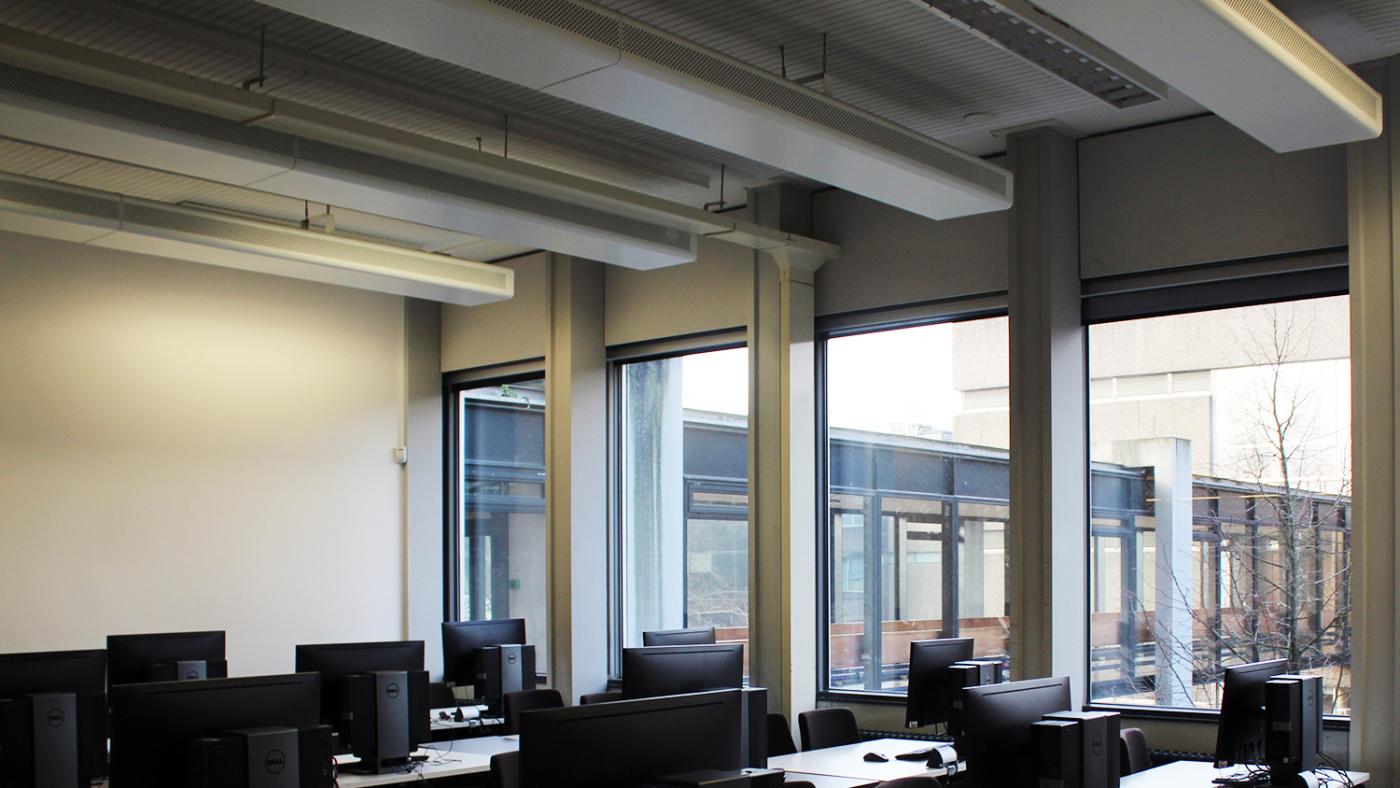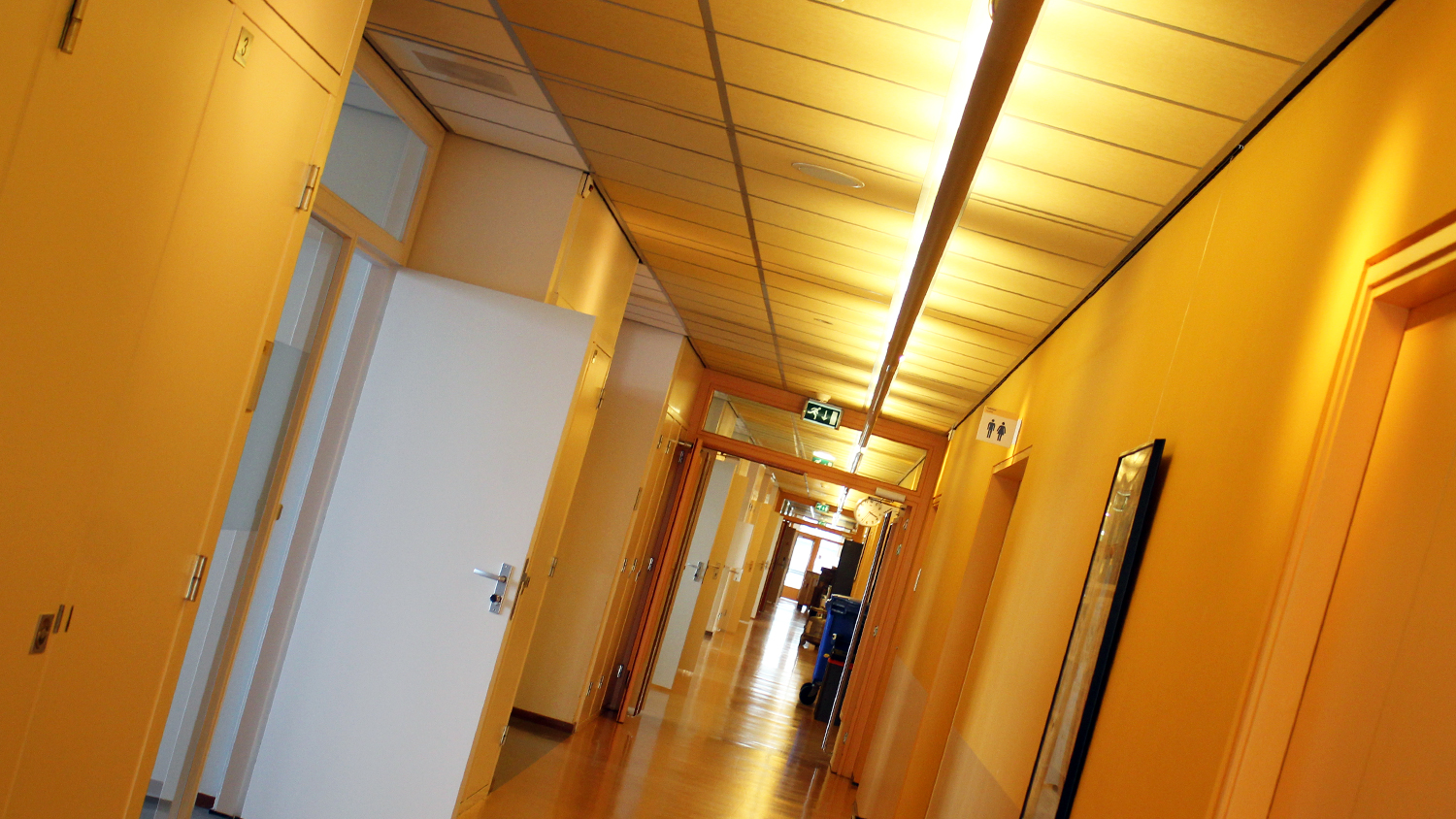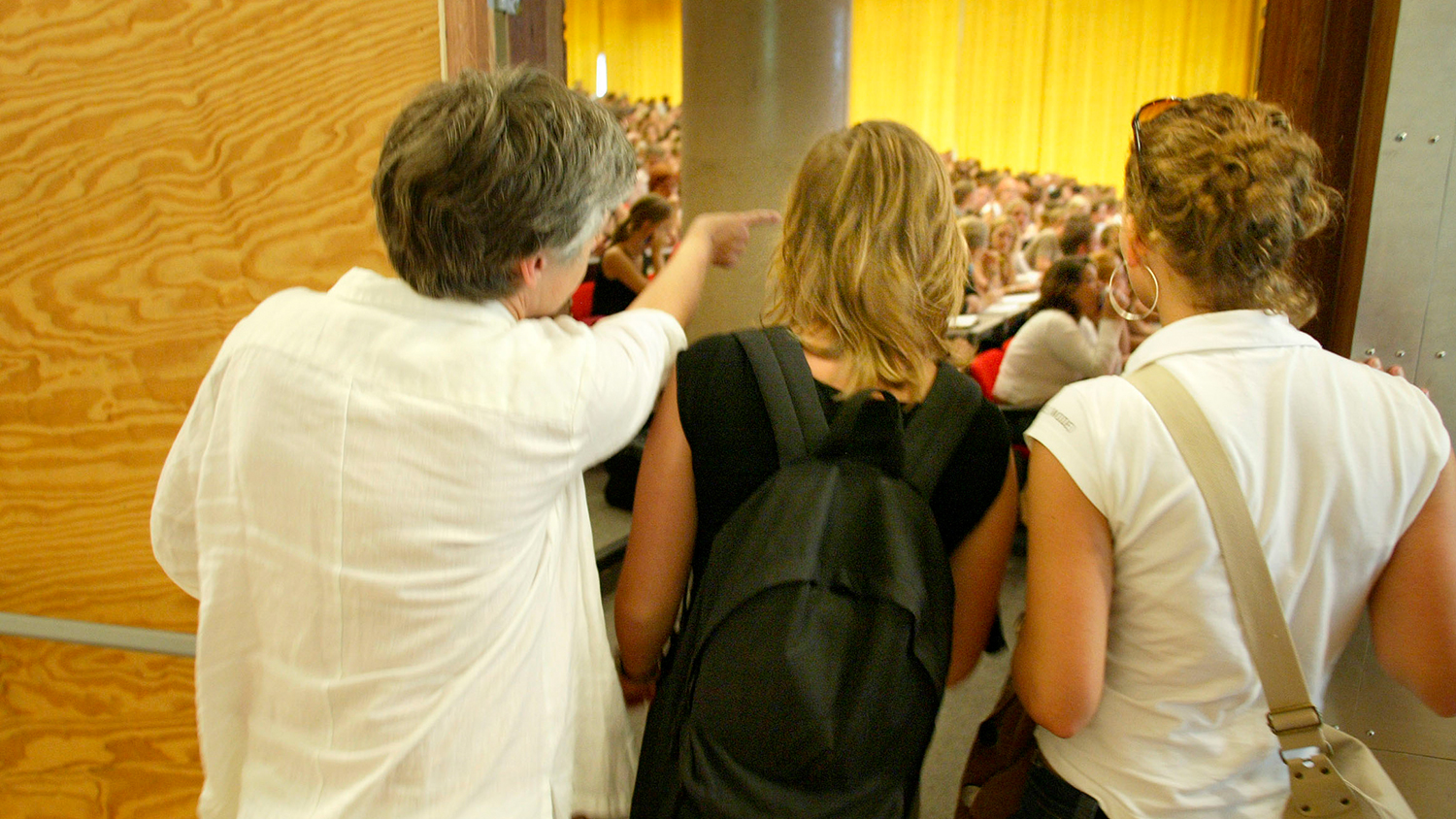'University offers too little protection by returning to lecture hall'

Universities have a legal and moral responsibility towards their students and staff to provide a safe learning and work environment. Yet in the Covid-19 pandemic, they are proving themselves a conduit of Dutch politics, following electoral considerations instead of public health and scientific ones. While efforts to facilitate in-person teaching should be applauded, the conditions in which students and staff are currently expected to learn and teach - without in-class mask wearing, distancing measures or testing or vaccination mandates - are worrying. Just as universities abruptly closed over a year ago, with little regard for the mental health of students and personnel, they are now reopening with the same disregard. Dutch universities are following a demissionary government that is managing a crisis on the basis of sectoral lobby and public opinion, instead of consistent policy, democratic processes, and scientific expertise. In reinstating in-person teaching, the government blatantly ignored the advice of medical institutions and independent experts and scientists.
No, the pandemic isn’t over
Withdrawing nearly all Covid-19 measures in late September is another gamble on the government’s part. While vaccination drastically reduces the risk of hospitalization, it doesn’t prevent infection or transmission. Moreover, the duration and impact of vaccines on developing long-term illness are not yet understood - although preliminary studies are concerning. And let’s not ignore the fact that vaccination coverage remains relatively low amongst some populations, and has proven less effective for others. That in-person learning and teaching are possible with hardly any safety measures, doesn’t necessarily make it ethical or responsible to do so.
In light of this, our own department, Media and Culture Studies, exceptionally allows those willing to argue their case to implement creative ways to minimize risks (for instance, by slashing classes of 25 students in half). But you have to have the courage to advocate it and, in practice, especially teachers with temporary employment conditions find it risky. Moreover, such a solution takes up more time, which brings the risk of burn-out with it. Healthy learning and teaching conditions should not be about personal choice, since they affect us all - also beyond the university.
Taking responsibility for ventilation
Ventilation is a good point of departure for thinking about where Utrecht University can take more responsibility. Since Covid-19 can spread through aerosols, good ventilation is considered an important measure in mitigating transmission risk. In the Netherlands, it was only after pressure, amongst others, from opposition parties and an open letter by 20 scientists that outgoing prime minister Mark Rutte introduced ventilation as a Covid measure in July 2021. The RIVM (National Institute for Public Health and Environment) has formulated a ventilation policy, based on existing legal requirements from the Dutch Building Decree (Bouwbesluit 2012). At Utrecht University, faculty and students have been assured that ventilation is up to standards. However, the aforementioned decree merely guarantees that people won't get sick in a building under ‘normal’ conditions. Experts find it an absolute minimum, stating it was never about preventing infections like Covid-19 (e.g. TU Delft). Why is it that Dutch universities so far haven’t even explored if additional measures to RIVM guidelines are needed, or formulated their own corona guidelines informed by expert advice?

Feeling unsafe at work
Staff, in any case, have expressed concern. Unsurprisingly, since many have to teach hours on end in jam-packed classrooms, where windows cannot always be opened. In a survey amongst 2500 educational staff in further and higher education, the General Union of Education (AoB) found an overwhelming majority felt unsafe at work - primarily due to uncertainty around ventilation. To help inform them, AoB formulated a ventilation brief. Echoing the advice of many experts, they recommend using CO2 monitors. These monitors, mandated in many public venues in Belgium, measure CO2 levels and serve as a transmission risk proxy, since infected people exhale the airborne virus along with CO2.

The rooms at Utrecht University don't have publicly visible CO2 monitors. However, the portable Aranet4 CO2 monitors we brought into class in the first week of teaching, registered values ranging from around 650 ppm to 1358 ppm - the latter well above the 1200 ppm threshold in the ventilation brief, based on RIVM advice. A colleague at the University of Amsterdam recorded 1677 ppm in her classroom, and terminated class early. Worrisome.
Even regardless of whether universities could or should have taken extra measures to protect students and staff, they should have given more thought on how to implement the basic requirements. As institutions purporting to be at the international forefront of scientific practice, they should abide by its standards and base their policy on evidence.
CO2 monitors and public discussion
While CO2 monitors are the best available indicator of ventilation quality, they are not a magic bullet. In a KNAW webinar held in March, Professor of Environmental Engineering for Buildings Cath Noakes (University of Leeds) pointed out how CO2 values are a good proxy measure, but must be used with caution. The values we measure depend on a host of variables (the type of activity in a given space, the meter used/its accuracy, how well the air within a space is mixed, etc.). Noakes also points out that there is no consensus yet as to what a safe number is.
Therefore, she argues, a public discussion is needed on how CO2 measurements and ventilation norms can be instrumental in efforts to create secure living, working and learning environments.To contribute to this discussion, we are hosting a workshop in which we build CO2 monitors with Arduino (a prototyping platform) to reflect on ventilation in the context of Covid-19.
The workshop Covid-19, ventilation norms & measuring CO2 takes place on 28 September from 13.15 - 15.45. See here for more info.